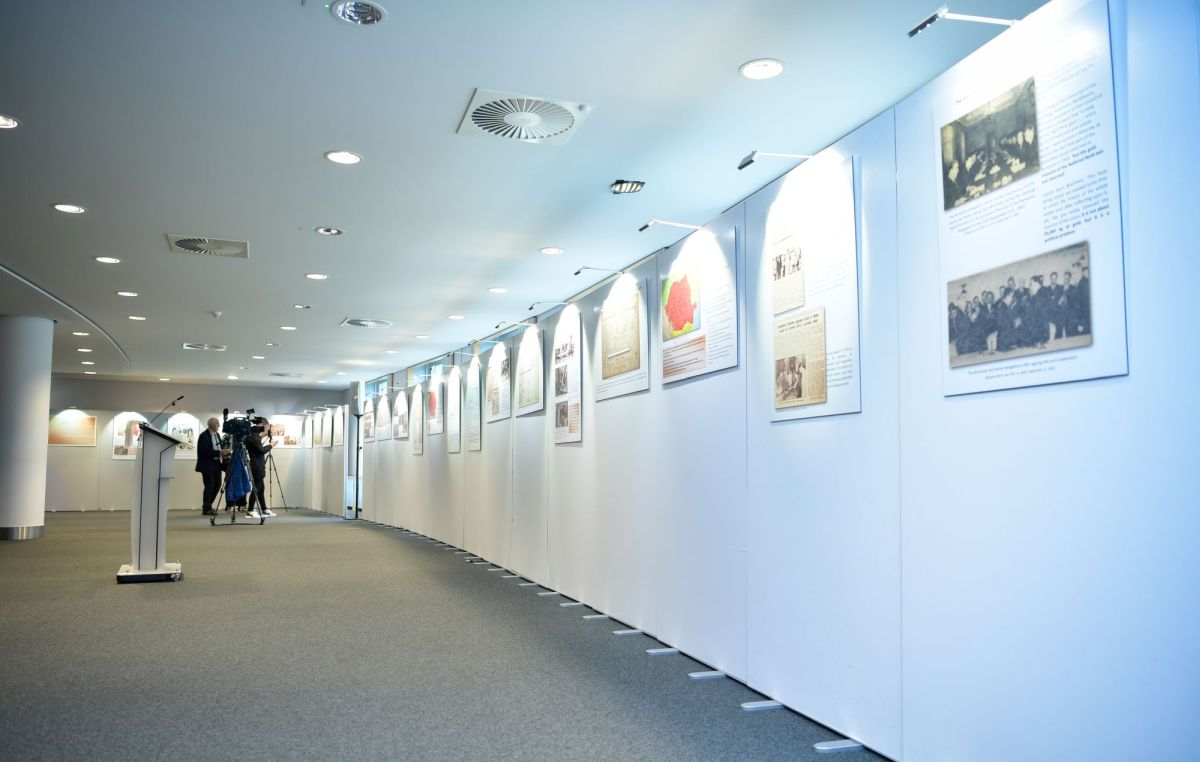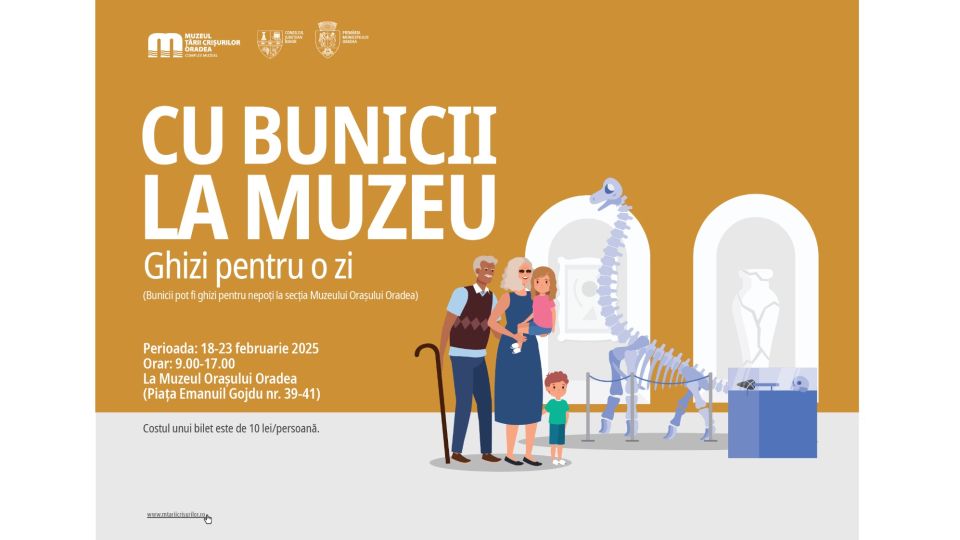The NBR Gold Treasury Exhibition in the EP
There is a saying that if you don't know your history, you condemn yourself to repeat it

Ana-Maria Cononovici, 19.03.2024, 13:17
There is a saying that if you don’t know your history, you condemn yourself to repeat it. Thus, knowing the history of over a century of the gold treasury of the National Bank of Romania (NBR) is very important, which is why, at the beginning of March, the Gold Treasury of the National Bank of Romania exhibition was hosted at the headquarters of the European Parliament in Brussels . It is part of a tradition of the National Bank of Romania, which has undertaken the mission of making this history known, as Brândușa Costache, Head of the Archive, Library, and Information Dissemination Service with the Secretariat Directorate of the NBR, told us:
“The success of this exhibition actually represents the continuation of the efforts dedicated to this problem since the interwar period. The history of the Treasury begins in 1916, when, in the context generated by Romania’s participation in the First World War, in the face of the advance of the armies of the Central Powers, the state institutions, including the National Bank, were forced to withdraw to Iasi. The treasury of the National Bank, in the amount of 91.5 tons of gold, the jewels of Queen Marie, the valuables held by the commercial banks, but also countless goods belonging to the national cultural heritage, were sent to Russia, to be sheltered on the territory of an allied state. But the empire of the czars proved to be a colossus with feet of clay; in the fall of 1917, the Bolsheviks took over power. Shortly after, in January 1918, diplomatic relations with Romania were broken, and the Romanian values stored in the Kremlin were seized. Diplomatic efforts to recover these valuables began immediately after the end of the war, but without success. Over time, there have been two partial returns of Romanian cultural valuables, but these returns did not include the NBR’s gold treasury.”
Brândușa Costache, head of the archive service of the NBR, continued her story: “Seeking to keep the public’s attention on this issue, in 1934 the National Bank supported the publication of Mihail Grigore Romașcanu’s volume The Romanian Treasury in Moscow. After 1990, the Central Bank resumed actions aimed at reminding the public of this issue. Among these are the debates within the Cristian Popişteanu Annual Banking History and Civilization Symposium, produced by the Magazin Istoric Magazine, with the support of the National Bank. There are also volumes published by Cristian Păunescu, adviser to the Governor of the National Bank of Romania, as well as the participation of the representative of the NBR in the Mixed Romanian-Russian Commission’s Works, established in 2003, to study issues stemming from the history of bilateral relations, including the issue of Romania’s treasury deposited in Moscow during the First World War. We can say, therefore, that we already have a long tradition, and the organization of this exhibition, at the headquarters of the European Parliament in Brussels, comes to continue it.”
We asked our interlocutor why the need to organize this exhibition was felt now, and why in Brussels:
“The current international context was considered by the management of the bank to be favorable for the internationalization of this issue, because we need international recognition of Russia’s obligation to return to Romania the more than 91.5 tons of fine gold from the BNR stock. That is why the documents that the Bank keeps in its Archive attest to the existence of this claim, whose validity cannot be doubted. In this context, the National Bank joined the initiative of MEP Eugen Tomac, who brought this issue to the attention of the European Parliament, through the Resolution regarding the return of Romania’s national gold treasury illegally appropriated by Russia. This was debated and adopted by the European Parliament, demonstrating the support enjoyed by Romania’s cause. “
Vintage photographs, along with maps or photographs based on historical documents, are part of the exhibits presented. Brândușa Costache detailed:
“The exhibition represented a good opportunity to bring before the widest possible audience images of the original protocols, signed in Iasi and Moscow, by representatives of the Romanian and Russian authorities, on the occasion of transport and storage in Russia of the NBR Treasury and other Romanian values. The documents drawn up in Moscow at the beginning of 1917, on the occasion of the inventory of the bank’s gold stock, were also presented to the public. I would like to mention that these documents are published by Cristian Păunescu in his volumes about the Romanian Treasury evacuated to Moscow. The subsequent fate of the Romanian Treasury, the one after 1918, was reconstructed by presenting in the exhibition the documents discovered in the Russian archives and published by the historian Ilie Schipor in the volume The Destiny of the Treasury of Romania.
In a recently adopted resolution, MEPs pointed out that, despite several attempts at diplomatic negotiations after the First World War, Romania’s national treasury, sent to Russia between 1916 and 1917 for safekeeping, was never fully returned. This is an unprecedented international case of illegal appropriation of gold reserves and heritage objects.






























